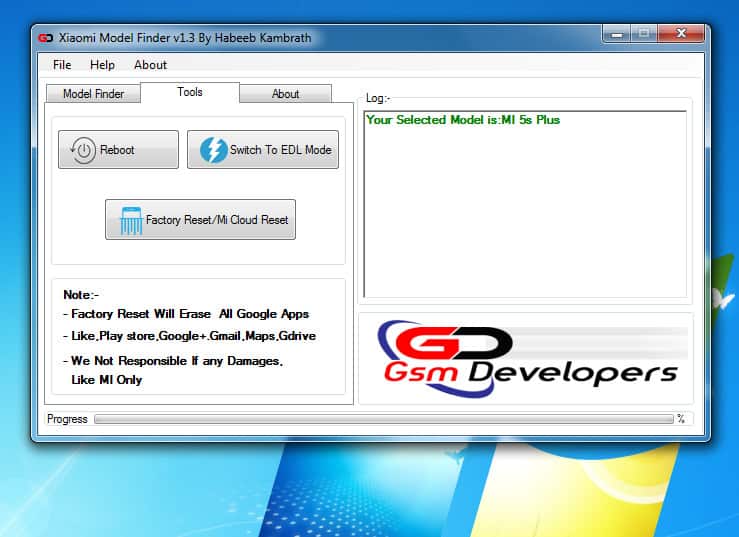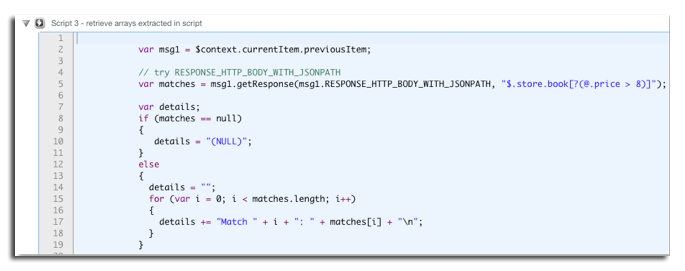


Var PathFinder = require('geojson-path-finder'), The API is exposed through the class PathFinder, which is created with the GeoJSON network used GeoJSON Path Finder is distributed through npm: The demoĪbove uses Leaflet and Leaflet Routing Machine for the user interface. The library comes without any user interface, and can easily be integrated in any routing application. In the demo above, the road network for a smaller sized city (data from OpenStreetMap) is used:Īs can be seen by dragging the waypoint markers, GeoJSON Path Finder runs fast enough for interactive feedback with a graph Given a road network in the form of a GeoJSON FeatureCollection of LineString features, the library builds a routable graph which can perform fast shortest path searches. Or GraphHopper is overkill or not possible. It is ideal for simpler use cases where a more complete routing engine like OSRM
#Jsonpath finder online Offline
It can run offline in the browser without any server, orĪs a part of a Node.js application. GeoJSON Path Finder is a standalone JavaScript library for routing/path finding Use the nodrop option to prevent this optimization.Serverless, offline routing in the browser About Using GitHub This is only a warning message to inform you that at least one log returned in the scope of the query did not have a specified key. When a message is dropped the user interface provides a warning message: Search warning Unable to parse input as json īy default the JSON operator optimizes results by dropping messages that don't have the fields or keys specified in your query or if the JSON is invalid. For example, | json field=_raw "_BOOT_ID". In the query text box, where ever your cursor was last placed, a new parse JSON operation is added that will parse the selected key. Right-click the key you want to parse and a menu will appear. The option is available when viewing your JSON logs in the Messages tab of your Search. Sumo Logic can generate the parse expression for a specific JSON key for you. To have previously extracted fields take precedence, run your queries in Auto Parse Mode or explicitly parse out the fields in your query. For example, the user does not need to do this:īy default, json auto overrides previously extracted fields. Having it in the middle of the message could cause extraction failure.įields extracted using json auto need not be referenced explicitly in order to be used later in the query. Having the json blob at the end of the message is recommended. Most logs begin with a preamble, such as a timestamp, then the json blob. In cases where content appears at the end of the message after the json blob, the extraction could fail. Json auto works by searching for json blobs beginning at the end of the message. Spaces in field names are automatically reformatted to underscores. The keys are not case sensitive with the auto option. Up to 100 fields are extracted additional fields must be specified. With the extractarrays option, json auto yields these field-value pairs:įield: foo value:1field: foo value:2field: foo value: 3 Important notes Without the extractarrays option, json auto yields: Non-flat arrays (arrays containing other JSON objects or arrays) are extracted by default. For example, to extract accountId:Įxtracts elements from flat arrays with each element of the array as a separate key value pair. The JSON operator allows you to extract a single, top-level field. When using the auto option the keys are not case sensitive. The correct way is to run | json "sourceIpAddress". References to specific keys are case sensitive in a standard JSON operation. For example, if a key name is sourceIpAddress and you run | json "sourceipaddress" the operation will not return results since it does not match the upper case letters. If your property name was you need to use If your property name was need to use If your property name was abc.pqr, you need to use.If you have spaces or other special characters like your property names you must use bracket notation. Script expression, using the underlying script engine. JSONPath allows alternate names or array indices as a set. Union operator in XPath results in a combination of node sets.

In JavaScript and JSON, it is the native array operator. XPath uses it to iterate over element collections and for predicates. All objects or elements regardless of their names. The root object or current object or element. The JSON operator supports the following JSONPath expressions: JSONPath


 0 kommentar(er)
0 kommentar(er)
